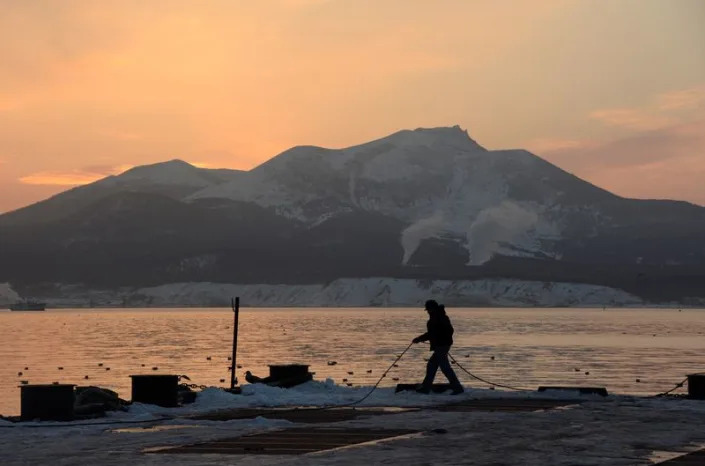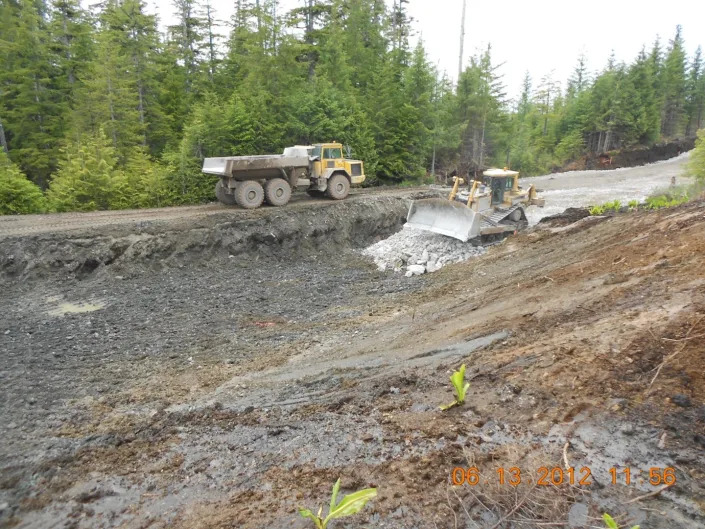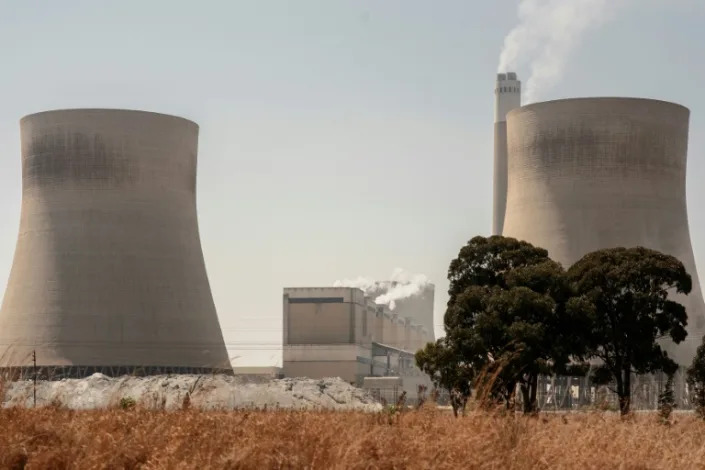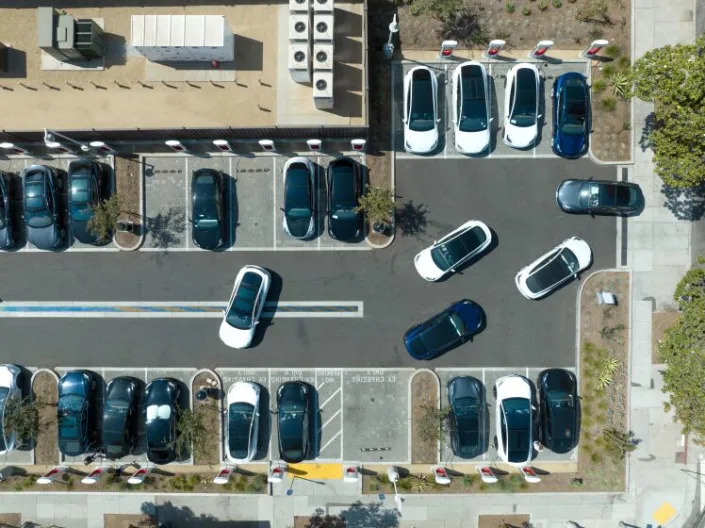



Fri, January 27, 2023
By Jeff Mason and Richard Cowan
WASHINGTON (Reuters) -Flags are lowered, sorrowful statements are issued, pleas to lawmakers are made, again.
In the wake of two mass shootings in California this week, President Joe Biden has followed a heartfelt and familiar script of outrage and grief over gun violence in America, coupled with a renewed call for Congress to pass legislation banning assault-style weapons.
Such a ban has little chance of passing the Republican-controlled House of Representatives or the Senate, which is narrowly controlled by Democrats, political experts say.
But Biden's stubborn strategy continues: make a ban the focus of public discourse whenever a mass shooting occurs and put pressure on lawmakers who oppose one. The White House hopes to build on already strong public support for stricter gun safety laws overall, and ultimately try to pressure Republicans in Congress into changing their thinking.
Janice Iwama, assistant professor at American University's Department of Justice, Law and Criminology, said that even if Biden fails to win a national ban, bringing attention to the issue could prompt some state legislatures to act.
"And it can happen a lot faster at the state level," Iwama said.
This week, after 18 people were killed over two days in California, the president asked lawmakers to send a bill to his desk as quickly as possible.
"It's really needed badly," he told Democratic leaders at a meeting on Tuesday. "We're going to ban assault weapons again," he said on Thursday at a Lunar New Year reception at the White House, to applause.
Republican opposition has not changed.
"There's not going to be any further legislative action there. We pretty much exhausted the possibilities a few months ago," Senator John Cornyn told Reuters.
The White House says Biden will not give up.
“The president’s strategy has been to make an assault weapons ban a winning issue so we can build a pro-gun safety Congress, and we’re making progress on that,” a second White House official said.
Biden's strategy may have longer-term political benefits going into the 2024 presidential election.
"I do suspect part of Biden's re-election plans over the next year is to try to contrast himself as a moderate, centrist, pragmatic figure versus the extremes," said Dante Scala, a political science professor at the University of New Hampshire.
SIMPLE MATH, NOT ENOUGH SUPPORT
A decade after 20 first-graders and six adults were killed in the Sandy Hook elementary school massacre, the U.S. federal government has put few limits on weapons like the high-capacity AR-15 used in the attack, or on the estimated 400 million guns in the country. Over 150 rounds were fired in just five minutes at the school, investigators said.
The recent shootings in California, which killed 18 people, show how even the strictest state laws can be ineffective thanks to a patchwork of federal regulation.
Biden has railed against assault-style weapons for years and repeatedly throughout his presidency. He was instrumental in getting a decade-long ban passed in 1994.
As vice president, he spearheaded a set of gun control proposals for Barack Obama after Sandy Hook that included a recommendation for a new assault weapons ban. None passed Congress, opposed by Republicans and the National Rifle Association lobby.
Last year, however, Biden signed into law the first major federal gun reform in three decades. It cracks down on overall gun sales to perpetrators of domestic violence and expands some background checks to juveniles.
These and even stricter measures have strong public support.
A June Quinnipiac poll showed nearly three out of four Americans support raising the age at which a person can buy a gun to 21, and 92 percent supported background checks for all gun buyers.
However the Quinnipiac and other polls show that just about half of Americans support an assault weapons ban.
To pass one, the president would need 60 votes in the Senate - nine Republicans and all 51 Democrats and independents - and a simple majority of 218 votes in the House of Representatives, which has 222 Republicans and a Republican speaker, who would have to consent to bringing a bill to the floor for a vote.
The June law won support from 14 Republicans in the House and 15 in the Senate, after mass shootings in Texas and New York killed more than 30 people, including 19 children at an elementary school.
The U.S. Constitution's Second Amendment protects the right to bear arms, and that issue is a hot button one for many Republicans, and backed by millions in donations from gun rights groups and manufacturers.
"Violent crime is on the rise and the people are anxious for solutions. But instead of setting an obvious course - like actually punishing the offenders or addressing our woefully inadequate mental health system - the President is attempting to resurrect an initiative that had zero effect on violent crime," said NRA spokesperson Lars Dalseide.
The White House points to statistics, including from University of Massachusetts researcher Louis Klarevas, that show gun massacres sank 37 percent and gun massacre deaths dropped 43 percent during the 10-year period of the assault rifle ban, compared to the previous decade.
Even though an all-out assault weapons ban seems unlikely, a very thin Republican majority in the House means that something more modest, such as raising the age to 21 to buy assault weapons, could be possible, the University of New Hampshire's Scala said.
Advocates say the White House has other options it can pursue to reduce gun violence even if Congress does nothing for two years, from executive action to budgeting to enforcement of existing laws.
Biden's team says it is cognizant of the political odds.
“Our job is to keep trying. The president is going to keep using the bully pulpit, keep pursuing executive action, keep building on the legislation he got done last summer," the second White House official said.
(Reporting by Jeff Mason and Richard Cowan; Editing by Heather Timmons and Nick Zieminski)












